A guide to collecting art – where to begin, who to support and why it matters

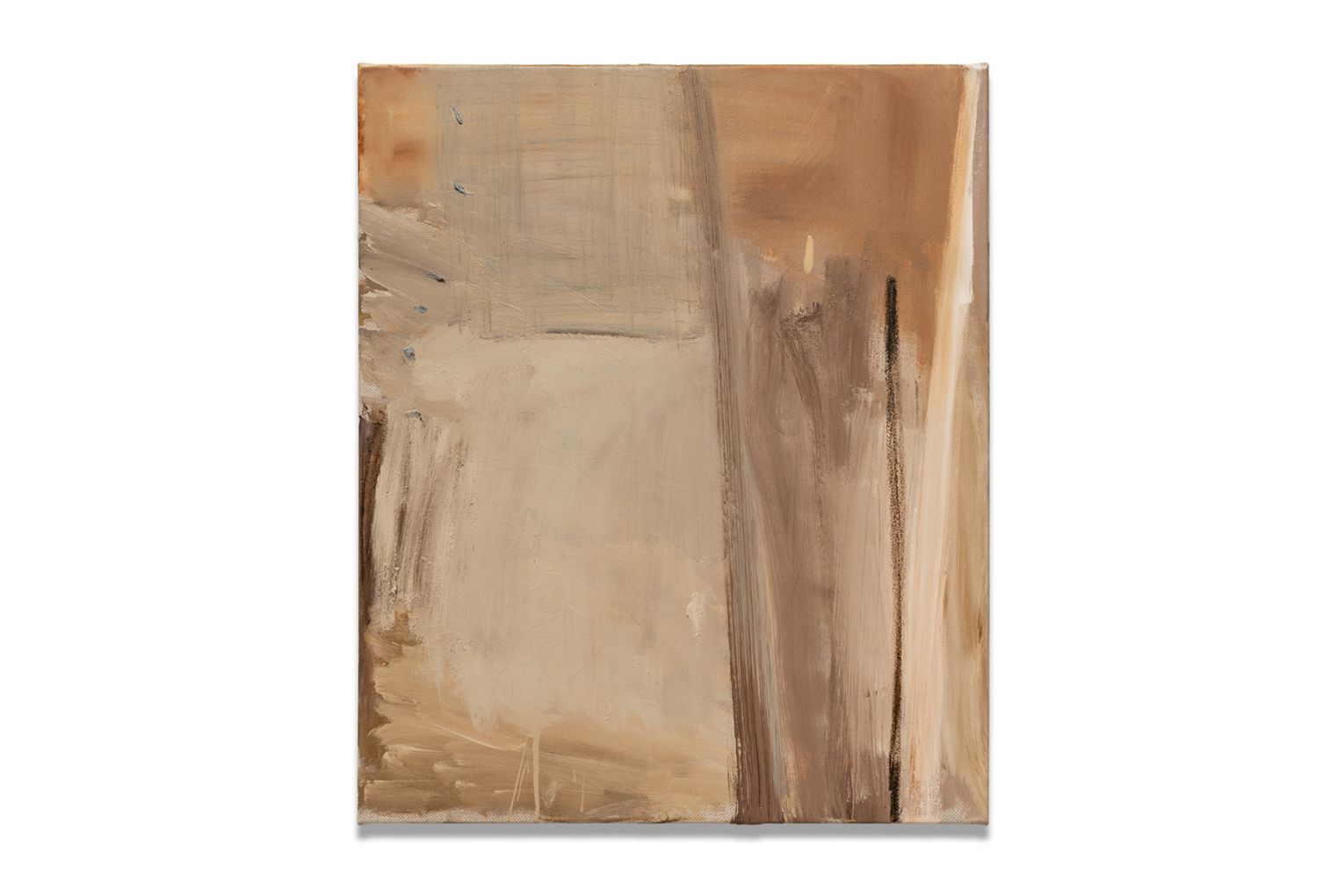
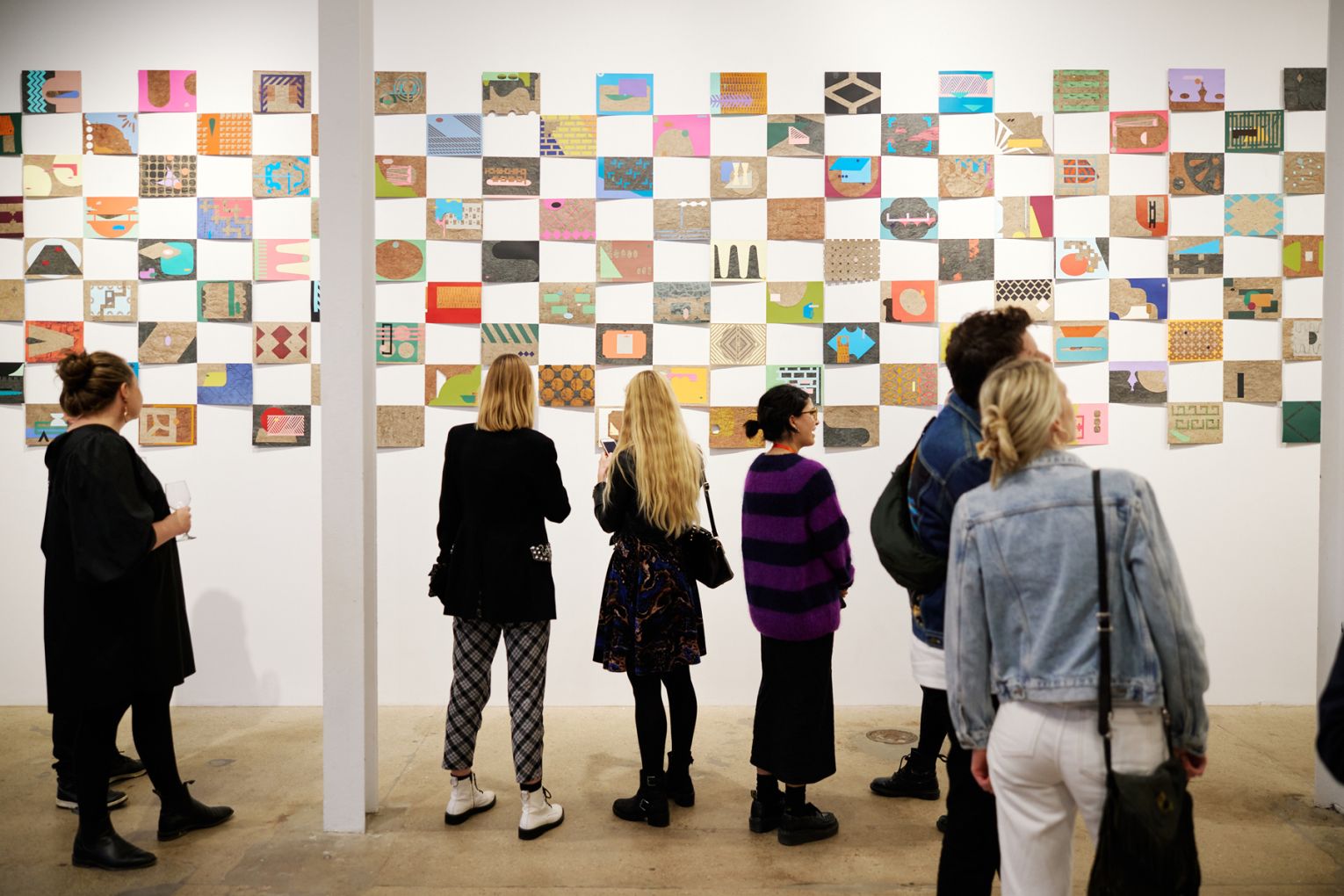
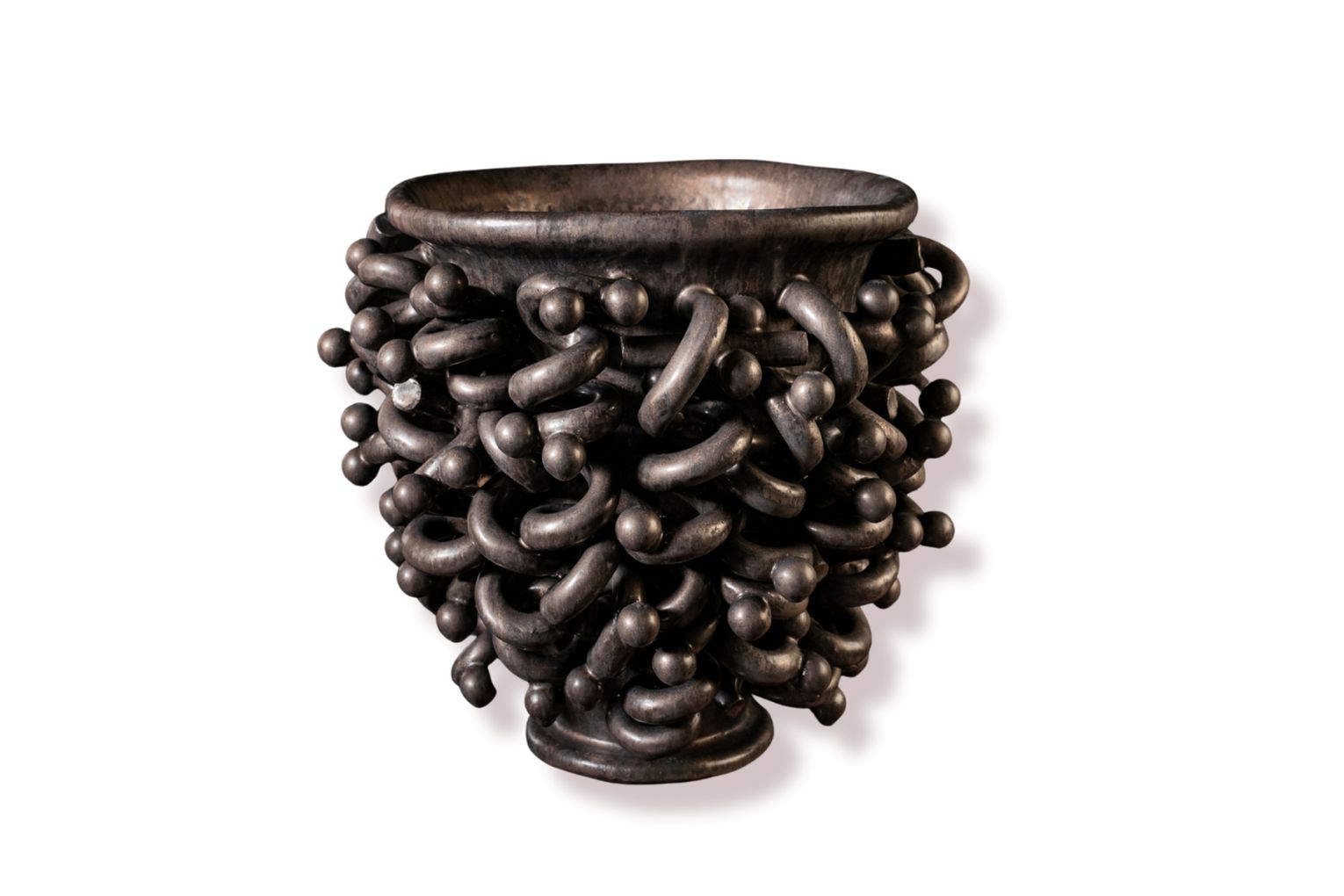
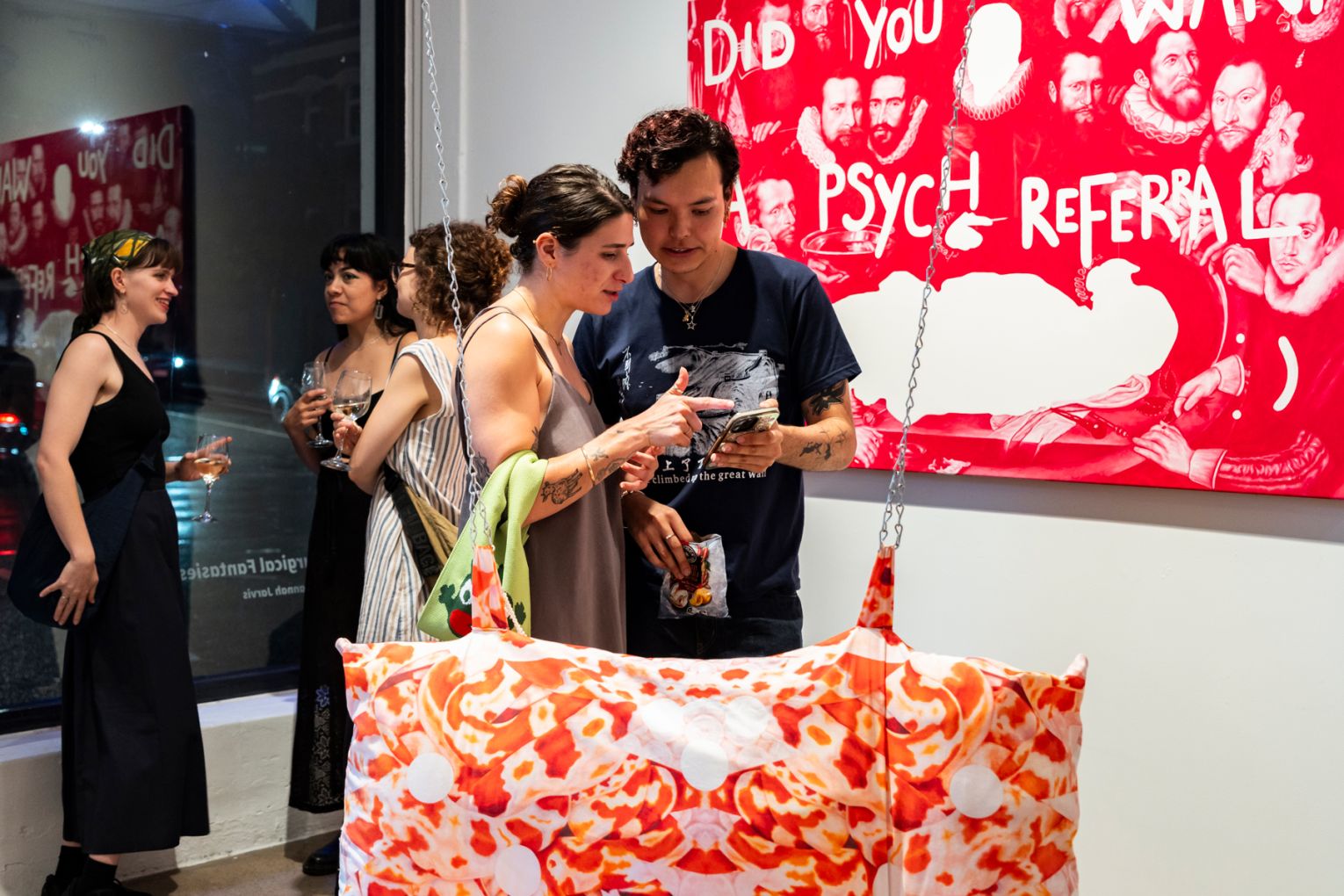


Collecting art is a great way to enliven your space, support the local arts scene and deepen your connection to Brisbane’s creative community. But for new collectors, it can be hard to know where to begin. Outer Space’s online art auction – running from December 1–5 – is an ideal place to start, with an affordable entry point, one-of-a kind works from early, mid career and well-established artists, and the chance to directly support both their practices and a vital local arts organisation. Ahead of the auction, we caught up with three industry experts to discuss the benefits of collecting and what to look out for …
I like art, but why should I collect art?
This is the most important question to ask and, perhaps, the most difficult one to answer. It’s one thing to appreciate art in a gallery setting, but introducing art into your home is another endeavour entirely.
The first, and most obvious, reason to get into collecting is to enliven your space – a piece of art can elevate the atmosphere of a room, adding a distinctive character to your home or office. But beyond aesthetics, art can also be an expression and reflection of self – of your tastes, interests and identity.
Additionally, the meaning and intent behind a handmade, singular piece of art – compared to that of a mass-produced print or sculpture – not only affords the collector a daily source of inspiration, but also turns the work into a treasured keepsake, not unlike an heirloom laden with history.
“It’s like being in a lovely little club,” says Alison Kubler – editor of Australasian art and culture magazine Vault.
“You’re buying something that’s really unique – it’s so remarkable to have something by an artist that’s one of a kind that no one else has, more or less.”
According to Ryan Renshaw, co-owner of inner-city artist studio and commercial gallery The Renshaws, buying art is one of the most impactful ways one can support local cultural ecosystems and enable artists and arts organisations to thrive.
“You’re not merely acquiring an object,” says Ryan, “You’re directly supporting someone’s practice, their time and their ability to keep making.”
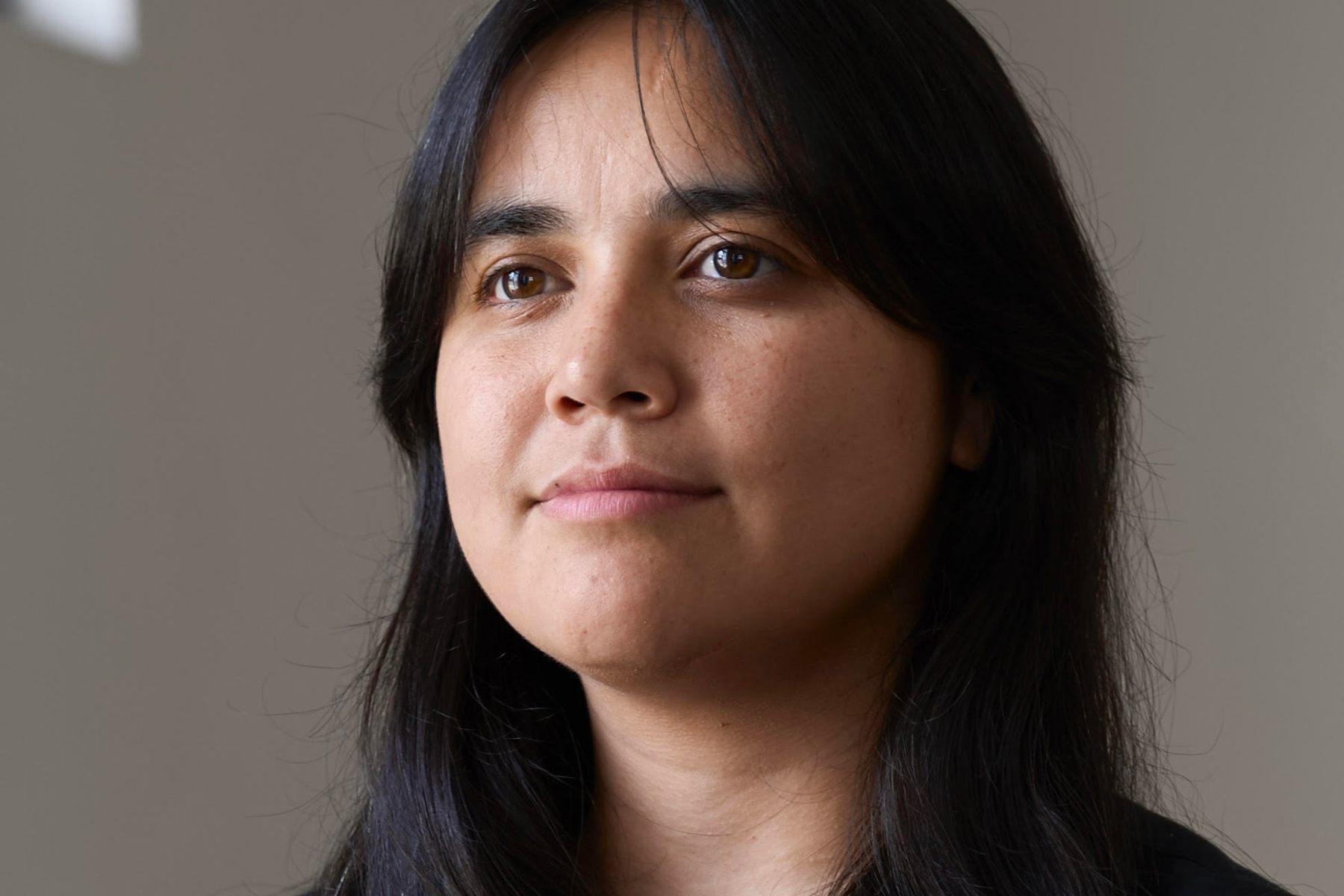
But buying art feels intimidating – what if I don’t have an eye for it? How do I know if I have good taste?
One of the biggest hurdles to art collecting is the perception that the art world is exclusive and intimidating to outsiders. People often worry about looking uninformed or asking the wrong questions, or that art is only associated with the wealthy. Additionally, it can be easy to feel insecure about one’s own opinions, especially at the outset, when you might still be discovering what art appeals to you.
In reality, the art world can be an incredibly welcoming space – one that caters to all tastes and price points.
“People often try to say the art world is elite, but I actually beg to differ.” says Alison. “I don’t think it is – I think it’s incredibly democratic. Anyone can be part of it.”
“The daunting feeling of speaking and buying art often stems from the perceived anxiety of being questioned on one’s taste – of publicly revealing what you do or don’t like,” adds Georgia Boe, former sales and exhibitions manager at Milani Gallery.
“Yet buying a painting is no different from choosing clothes in a style that appeals to you. Developing a sense of taste takes time – you move through phases. Through these shifts, you learn by buying, trying, reflecting, and refining your sense of what feels right for you.”
You might like
Okay, so where should I start?
After you’ve plucked up the courage to dive head-first into the art world, the best place to start is by heading to the places where art is most commonly found. It’s here that you’ll be able to wrap your head around mediums, movements and moments – familiarising yourself with the local scene and getting comfortable in those environments.
“To start is to do,” says Georgia. “Go to exhibitions. Go to galleries. Go to markets. Engage and be interested in what people are doing and sharing. Don’t worry about what is logical or if there is a path that one needs to follow, just go.
“Even if you don’t buy a piece of art the first ten times you go to an art exhibition/art space, by engaging with the arts, you are supporting it and buying will come when you feel good about being there.”
“Head to the Queensland Art Gallery and look at what they’ve been acquiring recently,” suggests Alison. “Look and see what their curators have found interesting and what threads they’re following, and then you will get a sense of what is potentially interesting.”

What are the differences and benefits of buying works of emerging artists, compared to mid-career and well-established artists?
When you’re on the hunt, you’ll not only encounter a plethora of artistic styles, but also a diverse range of artists – each at different stages of their career. Some are just starting out, others have started to garner a profile, while a collection of creatives have cemented their place amongst the art world’s senior class. There are no rules when it comes to which artists are worthy of your custom, but there are some things to consider.
“Most often the decision is based around price point for a lot of people when they’re first collecting,” says Alison. “If you’re starting out in that journey of wanting to collect, emerging art is a great way to do that because you don’t have to invest too much money, but then you’ve got skin in the game.”
According to Alison, this practice also introduces collectors to artists early in their careers and allows them to follow in their evolution, build real connections and understand their practice, while also have a meaningful impact on an artist’s career and livelihood.
“I’d encourage leaning toward choosing artists of your own generation,” adds Ryan, who stresses the importance of buying the work of living artists to start. “Take the mindset that you aren’t buying an object, but that you are acquiring the privilege of growing alongside an artist, following their exhibitions, watching their practice evolve and realising that you’ve become a small part of their story. That’s the real joy of collecting.”
When it comes to established artists, the world is your oyster. While they have undergone a period of formative growth, by the time you encounter them these creatives will have found their artistic voice and, more often and not, will really be making strides in terms of creative expression. At this point, these artists may have already have cultivated a following, so expect some competition if you happen to spot a piece for sale at, say, an upcoming art auction. As for well-established artists, it is a good idea to start a dialogue with galleries that showcase artists you admire. While the process is a little bit different, galleries are still a welcome space for those interested in collecting.
“Support shouldn’t be reserved only for emerging artists – mid- and late-career artists need that kind of support just as much,” says Ryan.
Should I pay attention to trends when buying art?
Much like fashion, trends can be exciting but also fleeting. Trends are hard to predict, with even the savviest of curators usually unable to pinpoint when a movement will begin or finish. To that end, our experts say trends are to be avoided.
“I think from the get go, my advice is always go with what you like, what talks to you and what speaks to you – because, ultimately, the best collections are the ones that have authenticity and say something about you and who you are as a collector,” says Alison. “You should definitely go with something that you want to live with and that is interesting to you.
“Ultimately, we should always buy what we like, not what we are told to like,” adds Ryan. “But remember that taste evolves and refines over time. In my own experience it is always the more difficult works that have become my most treasured. And I hear this often from all types of art collectors. So be brave, challenge your tastes, and try to push just beyond your comfort zone if you can.”
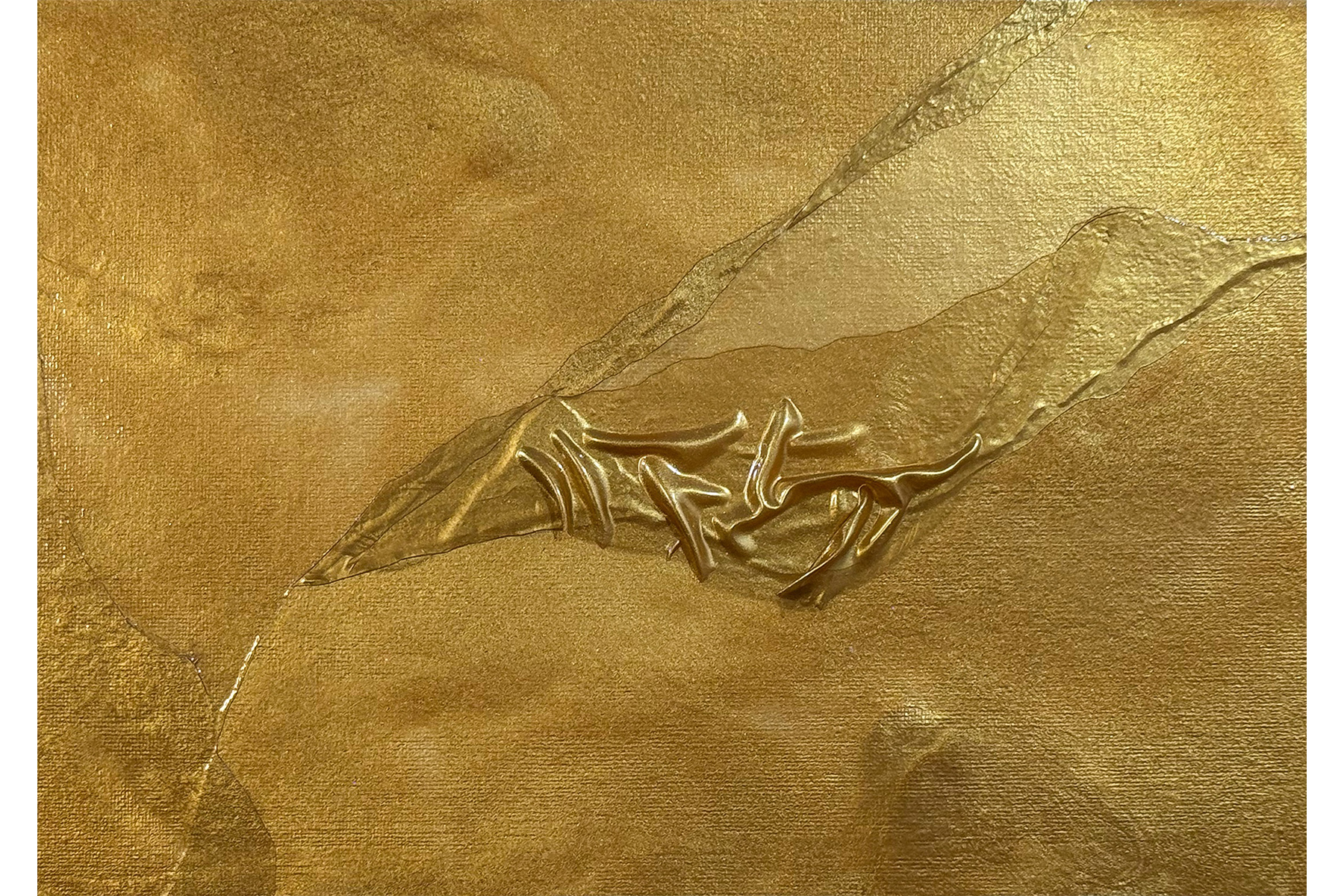
What should I look for or consider when looking at an artist’s work?
While buying art that speaks to you – from both aesthetic and intellectual standpoints – is the most important thing to consider when making a purchase, our experts recommend putting in some time researching artists to gauge their intent and creative ethos.
“I think the biggest bit of advice I would give any emerging collector is to do your homework,” says Alison. “If you’re a movie director, you watch other movies – I think it’s the same with art. You need to look at a lot of art to work out where people are imitating other artists and who you think has an original voice.
“You should be looking for artists who are aspiring to longevity. [Artists that] want to be around for a long time – they’re not there just to fill a fashion trend. They’re thinking about what they’re making and why they’re making it.”
“If your intention is to build a collection of artworks of new artists, go to the exhibition openings, go on their Instagrams, read Memo Review and start to think about what the artist is doing, what they are showing, and invest in learning about them,” suggests Georgia. “Do the research and engage with the arts, and what you find will be the most rewarding.”
Is it better to collect works from a number of artists and of various mediums?
While variety is the spice of life, does it pay to build your art collection with works for numerous artists and across styles? The simple answer is go for it, as long as it appeals to you. By doing so, you’ll also expand your understanding of art as a whole.
“There’s no harm in collecting a wide variety of artists,” says Alison. “I think you’ve got to collect what speaks to you and what resonates with you. You might find that you have a theme or you don’t have a theme. Maybe the theme is you – the thing that holds it all together.”
“To quote a friend, ‘Reflecting on our taste is the start of criticism (you gain the right to make value judgements) and, combined with objective learning, forms the basis of a rigorous understanding of art’,” adds Georgia.

Should I buy art as an investment?
In some circles, art is perceived as a viable way of diversifying one’s financial portfolio. While this is likely not something to consider at the outset of your collecting journey, works from emerging artists have the potential to appreciate in value as the artist enjoys more success. That being said, there is no guarantee that the pieces you buy now will become highly coveted, so it’s best to always buy art without financial gain in mind.
“Buying art as an investment is a gamble,” says Georgia. “Some things may never increase substantially in value – or it could take ten, 20 or 100 years. In that case, you’re ‘stuck’ with a work that you have no interest in looking at in your home, work and life. Buy something that engages you – whether that be with a memory, aesthetically, politically or morally – and let that answer your decision to pursue that artwork.”
“I think it is up to the individual,” says Alison. “What’s great about a gallery such as Outer Space and its auction is you can get great artworks for not a lot of money, and you get it as that artist is emerging. Hopefully they’ll gain some traction and become really successful, then you’ve made a great investment.
“But at some point, you are saying to yourself, ‘I intend to divest myself of this work’. That implies that you’re probably going to sell it or gift it to a public collection, which are both great things, but you have to decide if that’s why you’re buying art in the first place.”
How can I collect art with cultural sensitivity?
The art world is filled with creatives from different walks of life, and the works these artists create is the product of lived histories, identities and communities, and can oftentimes contain deep cultural, spiritual or historical significance.
With this in mind, collecting requires a level of cultural awareness – being intentional, informed, and respectful throughout the process. In practice, this can mean doing research into an artist’s background, so you understand the cultural context of a particular work, visit studios, artist talks or community events to engage with artists directly and hear their stories, support galleries that represent artists fairly, and avoid displaying works in a way that might distort their meaning.
“It’s best to ensure you always remain engaged with ‘culture’ rather than ‘trends’,” says Ryan Renshaw. “Understand that the job of good art is to interrogate some part of the contemporary human condition. It is not decoration, nor design.”
“Stay curious and keep asking questions. What an artwork means is never fixed, and so be open to this as you live with art. Value the human connections you make in the journey of collecting art, rather than valuing the inventory of artworks you acquire. For me, this comes with the territory of collecting, but it is also the most important.”
“Art is an endless conversation – you keep engaging with it over time,” adds Alison.
What is the secret to building an art collection with coherence and integrity?
At the end of the day, the art you buy will be that art that speaks to you. That said, as your collection is a reflection of you, there is benefit to being aware of its overall growth.
“Collecting with integrity is simply about recognising the vital role contemporary art plays in our culture, and choosing to invest in the lives of living artists,” says Ryan. “Artists give up so much in their commitment to making work, and the support of art collectors creates real, tangible change in their lives. The beautiful irony, of course, is that the impact flows both in directions and often in ways you never see coming.”
“I always think a collection is meaningful when it speaks to who those people are,” says Alison. “In some of the best collections in the world that have belonged to individuals, there’s a thread that runs through it. You can see that it’s unique to those people who acquired it and why they acquired it and the reasons they acquired it.”

Why is Outer Space is the best launchpad to start my budding art collection?
“Outer Space has a great track record of being at the forefront,” says Alison. “A lot of the artists who’ve gone through that place have ended up being very successful and have gone on to show in public galleries, or be collected by and be represented by commercial galleries.
“You get the double whammy of getting a great artwork at a great price and actually doing something really meaningful – you’re supporting a young artist’s career, but you’re also supporting an arts organisation and that’s really admirable.”
“Engaging with the auction is more than a purchase – it is a tangible act of support for Brisbane’s art scene, which continues to face challenges in sustaining itself,” says Georgia. “By attending, bidding and investing in artists’ work, you contribute directly to a thriving and culturally rich city.
“Support your local artists, spend the $200 on a work at the auction and know that you are helping to build a vibrant, sustainable cultural ecosystem.”
Outer Space’s online art auction runs from December 1–5, with the public exhibition and closing party taking place on Friday December 5 from 5:30–9:00 pm – get your tickets here. If you’d like to view some of the available pieces up close, you can pop into Outer Space between 10:00 am and 12:00 pm on December 3–4.
This article was written in partnership with Outer Space.

